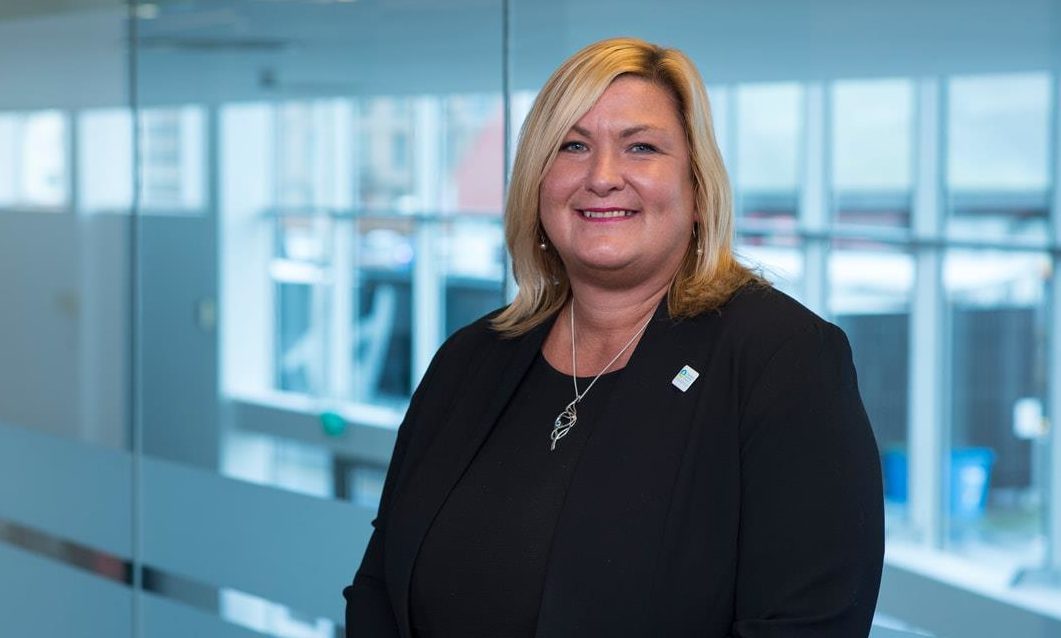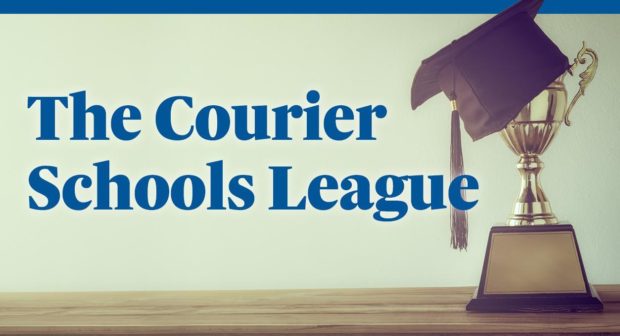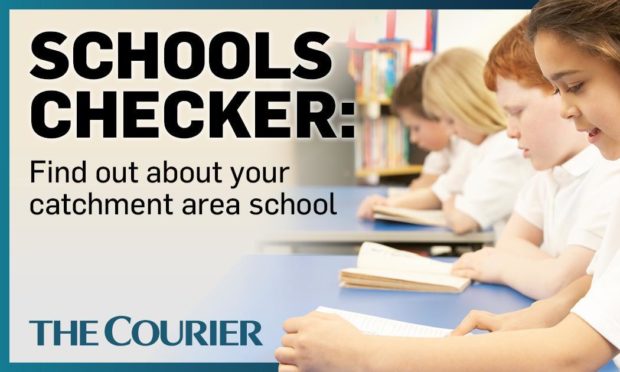HM Chief Inspector and Education Scotland chief executive Gayle Gorman explains Scottish school inspections and how they help to maintain and improve standards in classrooms.
At some point in the last decade or so every school in Tayside and Fife will have had a visit from HM Inspectors of Education.
With just over a fortnight’s notice, head teachers open their classrooms to a team of examiners who will analyse and collect information on how they lead their school, how their staff teach and how children learn.
The school inspection reports, some of which can be read on Education Scotland’s website, provide analysis of what goes on inside schools and a tool for gauging and improving Scotland’s education system.
School inspection reports: Weak to excellent
The school inspection reports also let parents know how their child’s school is performing, and are used to flag up examples of good practice and set targets where secondary and primary schools need to improve.
Using a set of quality indicators, inspectors grade aspects of schools’ performance from weak to excellent, and these indicators were amended in 2016 alongside the addition to full inspections of shorter inspections for a sample of schools each year.
But these visits are far from the only scrutiny of schools, with local authorities conducting their own regular inspections of every primary and secondary school – totalling around 330 – in Angus, Dundee, Fife and Perth and Kinross.
Coronavirus impact
The coronavirus pandemic resulted in inspections being paused last year, allowing schools to concentrate on reopening and inspectors to support teachers in recovery and continuity of education.
But with the return to remote learning in January, HM Inspectors are now monitoring how schools are delivering education, discussing provision with local authorities and engaging with a selection of schools to give a national overview.
We asked HM Chief Inspector and chief executive of Education Scotland Gayle Gorman about the Scottish school inspections process, what parents can learn from it and how it helps to maintain and improve children’s learning experiences.
How schools are inspected?
“HM Inspectors have a key role in gathering evidence and providing a professional view of quality and improvement in the Scottish education system.
When an inspection is going to be carried out we formally let the school know two and half weeks beforehand. During the inspection the focus is on children’s and young people’s learning experiences within and beyond the classroom; their achievements, and how the school is ensuring these are of the highest possible quality.
HM Inspectors observe learning first hand and engage with the pupils. They focus on how a school is performing, the impact it is having on improving outcomes for children and young people and the capacity for continuous improvement.”
HM Inspectors observe learning first hand and engage with the pupils. They focus on how a school is performing, the impact it is having on improving outcomes for children and young people and the capacity for continuous improvement.
Parental involvement is hugely important and all parents are invited to give their views of the school using a pre-inspection questionnaire. Their views inform the inspection process and help shape the conversations we will have with the school in a number of meetings. Parents are also given the opportunity to meet with a member of the inspection team.”
How does inspection help to maintain and improve standards of education?
“Inspection is a crucial tool to support and promote improvement, as well as providing assurance and public accountability. For example, in order to ensure our inspections make an effective difference, we have introduced an approach to gathering feedback and evidence of the direct impact of inspection on school improvement.
We use the results of a survey, which is sent out to school and early learning and childcare headteachers nine to 12 months after inspection, to help inform our approach.
The majority of schools agree that feedback from the inspection had prompted them to reflect on their strengths and areas for improvement and implement changes.”
The responses to this survey, indicate that the majority of schools agree that feedback from the inspection had prompted them to reflect on their strengths and areas for improvement and implement changes.
The professional dialogue we have with schools and establishments through the inspection process is hugely important to help schools identify areas of improvement and enables us to support them to make changes where appropriate.”
Should parents be worried by a ‘poor’ inspection report?
“Should HM Inspectors reach the view that the school is not providing a sufficient quality of education then they will continue to engage with the school. When these areas are clearly identified, we are able to work with the school to support them to address areas for improvement and help secure better outcomes for learners.
We work closely with schools to support them in this process and HM Inspectors may revisit to review progress and, where appropriate, carry out further inspection activity.”
What if a school has not been inspected for many years?
“In Scotland overall responsibility for the quality of education and securing continuous improvement sits with the local authority. There is a three-level approach to evaluating and improving education: schools have a responsibility to evaluate their performance; local authorities have responsibility for the quality of education in their area; and the third level is scrutiny activity carried out by HM Inspectors of Education.
We have significantly increased the number of school inspections. In the academic year 2018/19 we completed 252 school inspections, an increase of over 30% on the previous year.”
We have significantly increased the number of school inspections. In the academic year 2018/19 we completed 252 school inspections, an increase of over 30% on the previous year. In academic year 2019/20, Education Scotland had committed to carrying out in excess of 250 school inspections. This was on track to be achieved. However, the inspection programme was paused on March 13, 2020 due to the Covid-19 pandemic, which meant that the programme for [last] academic year could not be completed as planned.
Schools are selected for inspection each year on a proportionate basis, using a sampling approach and predetermined set criteria rather than a cyclical approach.”
What else does Education Scotland do?
“Our focus is, and has always been, on supporting the system and the profession. In recent years we have adapted our structure, our approach and our delivery models to allow us to work more effectively alongside and in partnership with the system – helping us identify, understand and support requirements nationally, regionally and locally.
Our focus is, and has always been, on supporting the system and the profession.”
“Our strong focus on learning, teaching, leadership and empowerment, and our strengthened partnership working has contributed to our development of a range of programmes of support. Everything that we do is informed by the best available evidence. Our independent evaluation of the quality of provision across education provides a unique evidence base to allow us to promote improvement, provide assurance about standards, quality and improvement in education.”















